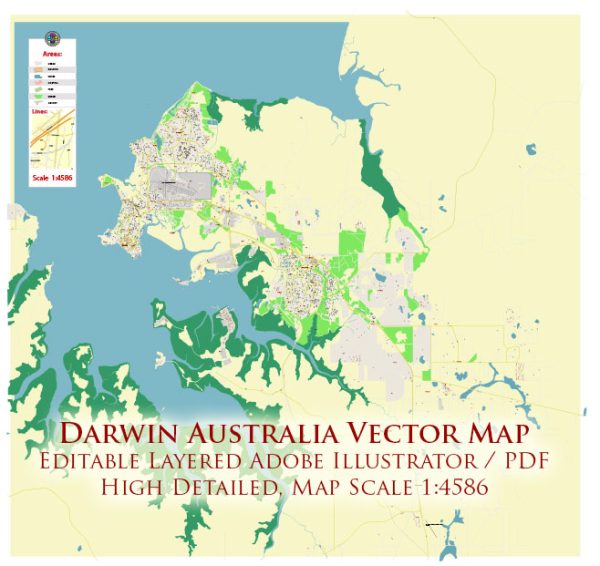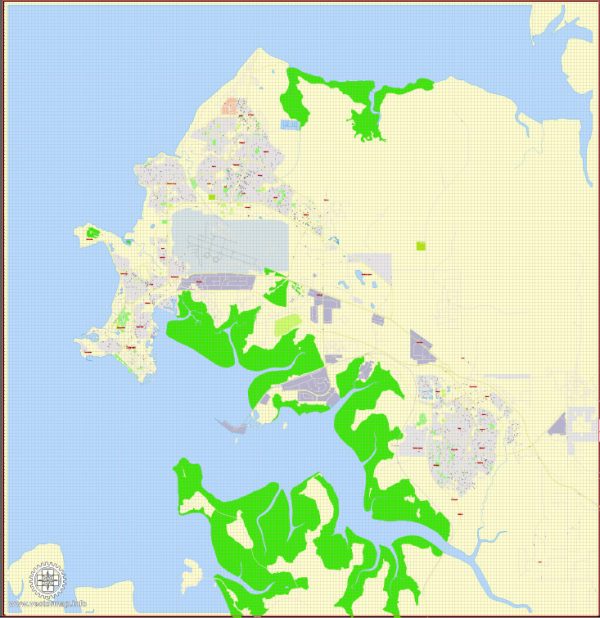Darwin, Australia, is the capital city of the Northern Territory and is known for its unique history, geography, and cultural diversity. Here is a brief description of its history:
- Indigenous History: The area now known as Darwin has a rich Indigenous history, with the Larrakia people being the traditional custodians of the land. They have inhabited the region for thousands of years and have a deep cultural connection to the area.
- Early European Settlement: European exploration of the region began in the early 19th century when British and Dutch explorers visited the area. The settlement of the city itself can be traced back to 1869 when it was established as Palmerston. It was primarily established as a telegraph station linking Australia with an undersea cable to England.
- Name Change to Darwin: In 1911, the city was renamed Darwin in honor of Charles Darwin, the renowned naturalist and author of “On the Origin of Species.” This name change was part of an effort to commemorate his work and promote scientific endeavors in the region.
- World War II: During World War II, Darwin played a significant role as a base for Allied forces. It was subjected to multiple Japanese air raids in 1942, known as the Bombing of Darwin, which was the largest single attack ever mounted by a foreign power on Australian soil. The city was heavily damaged, but it was subsequently rebuilt and expanded, becoming an important military hub.
- Post-War Development: After the war, Darwin experienced significant growth and development, becoming an important administrative and transportation center for the Northern Territory. The city’s port facilities were expanded, and it became a hub for trade and commerce.
- Cyclone Tracy: In 1974, Darwin faced one of its most significant challenges when Cyclone Tracy struck on Christmas Day, causing widespread devastation. Much of the city was destroyed, and it had to be rebuilt from the ground up.
- Modern Darwin: Today, Darwin is a vibrant, multicultural city with a tropical climate and a strong connection to its Indigenous heritage. It is known for its laid-back lifestyle, proximity to national parks, and as a gateway to exploring the unique landscapes of the Northern Territory, including Kakadu National Park and Litchfield National Park.
- Cultural Diversity: The city is home to a diverse population, with a mix of Indigenous cultures, European influences, and a growing number of immigrants from Asia and other parts of the world. This diversity is reflected in its cuisine, festivals, and cultural events.
- Economy and Tourism: Darwin’s economy is driven by industries such as mining, oil and gas, tourism, and agriculture. Its proximity to natural wonders and outdoor recreational opportunities makes it a popular destination for tourists.
Darwin’s history is marked by resilience and adaptability, as the city has overcome various challenges and continued to thrive, becoming a unique and vibrant part of Australia.



 Author: Kirill Shrayber, Ph.D.
Author: Kirill Shrayber, Ph.D.